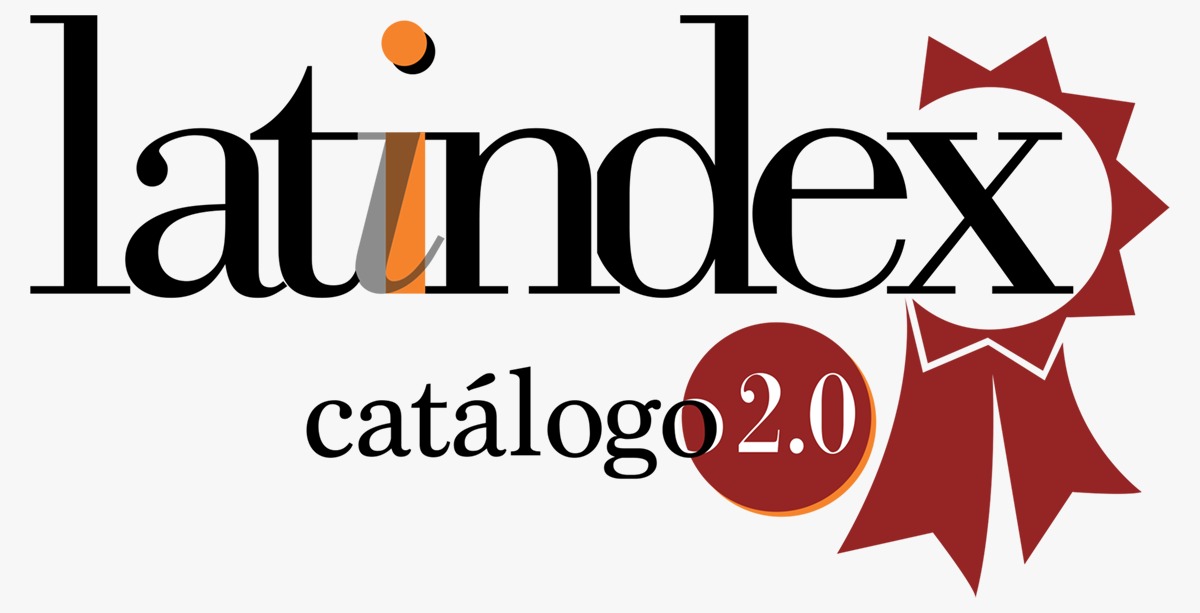Kangaroo Math Competition, GeoGebra and Inclusive Education: teaching experiences based on Olympiad Problems use
Keywords:
GeoGebra, didactic engineering, kangaroo math contest, math olympiad problemsAbstract
This article presents a teaching experience that encourages adherence to the use of Olympiad Problems in the classroom, aiming at learning and inclusion of the deaf. In the particular case of this work, we suggest two statements present in the questions of the Kangaroo Math Competition Brazil 2023. The objective of this work is to present a teaching experience on the themes percentage and area of plane figures associated with Geometry, through two problems of the Kangaroo Math Competition with the contribution of GeoGebra. For this, we used the Didactic Engineering as a research methodology. The didactic situations were elaborated based on the Theory of Didactic Situations and from the concept of Olympic Didactic Situation and were structured with GeoGebra. The association of Olympic Problems to GeoGebra enabled students to build knowledge, from a visual perception and manipulation of the software, as well as the inclusion of deaf students, providing him with the development of mathematical knowledge. Thus, the results obtained were positive, in addition to providing readers with a reflection on the teaching of mathematics, the use of Olympic problems and software for its teaching, as well as the inclusion of deaf students and their mathematical learning.
Downloads
References
Almouloud, S. A. (2007). Fundamentos da Didática da Matemática. Editora UFPR.
Alves, F. R. V. (2020). Situações didáticas olímpicas (SDOs): ensino de olimpíadas de matemática com arrimo no software GeoGebra como recurso na visualização. Revista Alexandria, 13(1), 319-349. https://doi.org/10.5007/1982-5153.2020v13n1p319
Alves, F. R. V. (2021). Situação Didática Olímpica (SDO): Aplicações da Teoria das Situações Didáticas para o ensino de olimpíadas. Revista Contexto & Educação, 36(113), 116-142. https://doi.org/10.21527/2179-1309.2021.113.116-142
Artigue, M. (1994). Engineering as a framework for the conception of teaching products. In: R. Biehler, R. Scholz, R. Strässer & B. Winklemann. Didactics of Mathematics as a scientific discipline. Kluwer Academic Publishers.
Artigue, M. (1996). Engenharia Didática. In: J. Brun. Didáctica das matemáticas. Instituto Piaget. Horizontes Pedagógicos, 193-217.
Artigue, M. (2013). L’impact curriculaire des technologies sur l’éducation mathématique. Revista de Educação Matemática e Tecnologia Iberoamericana, 4(1), 1-4. https://revistas.ucr.ac.cr/index.php/cifem/article/view/14733/13978
Barquero, B. & Bosch, M. (2015). Didactic Engineering as a Research Methodology: From Fundamental Situations to Study and Research Paths. In: Watson, A., Ohtani, M. (eds). Task Design In Mathematics Education. New ICMI Study Series. Springer, Cham. https://doi.org/10.1007/978-3-319-09629-2_8
Brousseau, G. (1986). Théorisation des phénomènes d’enseignement des Mathématiques. Thése (Doctorat d´Etat), Université Bourdeaux I.
Brousseau, G. (2008). Introdução ao Estudo das Situações Didáticas: conteúdos e métodos de ensino. Ática.
Cury, F. G. (2019). Análise de um livro didático de Geometria plana apoiada na hermenêutica de profundidade. Zetetiké, 27. https://doi.org/10.20396/zet.v27i0.8654251
Hohenwarter, M. (2014). Multiple representations and GeoGebra-based learning environments. Union - Revista Iberoamericana de Educación Matemática, 39, 11–18. http://revistaunion.org/index.php/UNION/article/view/697
Hohenwarter, M. & Preiner, J. (2007). Dynamic Mathematics with GeoGebra. The Journal of Online Mathematics and Its Applications, 7.
Kangaroo Mathematics Contest. (2023). Test 2023, Level J. https://www.cangurudematematicabrasil.com.br/concurso/provas-anteriores.html.
Kenski, V. M. (2012). Educação e Tecnologias: o novo ritmo da informação. 8th edition. Papirus.
Leivas, J. C. P., Bettin, A. D. H., & Pretto, V. (2018). O GEOGEBRA 3D NA CONSTRUÇÃO DA PIRÂMIDE A PARTIR DE SEU TRONCO: REGISTROS DE REPRESENTAÇÃO SEMIÓTICA. Didáctica Y Educación, 9(1), 241–258. https://revistas.ult.edu.cu/index.php/didascalia/article/view/744
Mendes, M. A. S. & Araújo, M. L. S. (2015). Projeto: A Matemática transformando vidas e promovendo inclusão de alunos surdos. Proceedings of II Congresso Paranaense de Educação Especial. I Fórum Permanente de Educação Especial do Sul e Sudeste do Pará. Belém, 2015. https://cpee.unifesspa.edu.br/images/AnaisIICpee/MariaAparecidadeSouza Mendes.pdf
Osypova, N. V. & Tatochenko, V. I. (2021). Improving the learning environment for future mathematics teachers with the use application of the dynamic mathematics system GeoGebra AR. AREdu 2021: 4th International Workshop on Augmented Reality in Education, 2021, Kryvyi Rih, Ukraine. http://ds.knu.edu.ua/jspui/bitstream/123456789/3767/1/paper10.pdf
Santiago, P. V. S. & Alves, F. R. V. (2021). Situações didáticas na Olimpíada Internacional de Matemática. Revista de Ensino de Ciências e Matemática, 12(6), 1-24. https://doi.org/10.26843/rencima.v12n6a29
Teixeira, A. S. M. & Mussato, S. (2020). Contribuições do software GeoGebra nas aulas com sólidos geométricos de faces planas nos anos iniciais do ensino fundamental. REAMEC - Rede Amazônica de Educação em Ciências e Matemática, 8(3), 449–466. https://doi.org/10.26571/reamec.v8i3.10835
Zabala, A. (1998). A Prática Educativa: Como educar. Porto Alegre.
Wagner, E. (2015). Uma introdução às construções geométricas. IMPA.
Downloads
Published
Versions
- 2025-04-28 (3)
- 2025-04-28 (2)
- 2025-04-25 (1)
How to Cite
Conference Proceedings Volume
Section
ARK
License
Copyright (c) 2025 Paulo Vitor da Silva Santiago, Renata Teófilo de Sousa, Francisco Régis Vieira Alves

This work is licensed under a Creative Commons Attribution 4.0 International License.
Usted es libre de:
- Compartir — copiar y redistribuir el material en cualquier medio o formato
- Adaptar — remezclar, transformar y construir a partir del material para cualquier propósito, incluso comercialmente.
Bajo los siguientes términos:
- Atribución — Usted debe dar crédito de manera adecuada, brindar un enlace a la licencia, e indicar si se han realizado cambios. Puede hacerlo en cualquier forma razonable, pero no de forma tal que sugiera que usted o su uso tienen el apoyo de la licenciante.
- No hay restricciones adicionales — No puede aplicar términos legales ni medidas tecnológicas que restrinjan legalmente a otras a hacer cualquier uso permitido por la licencia.













































